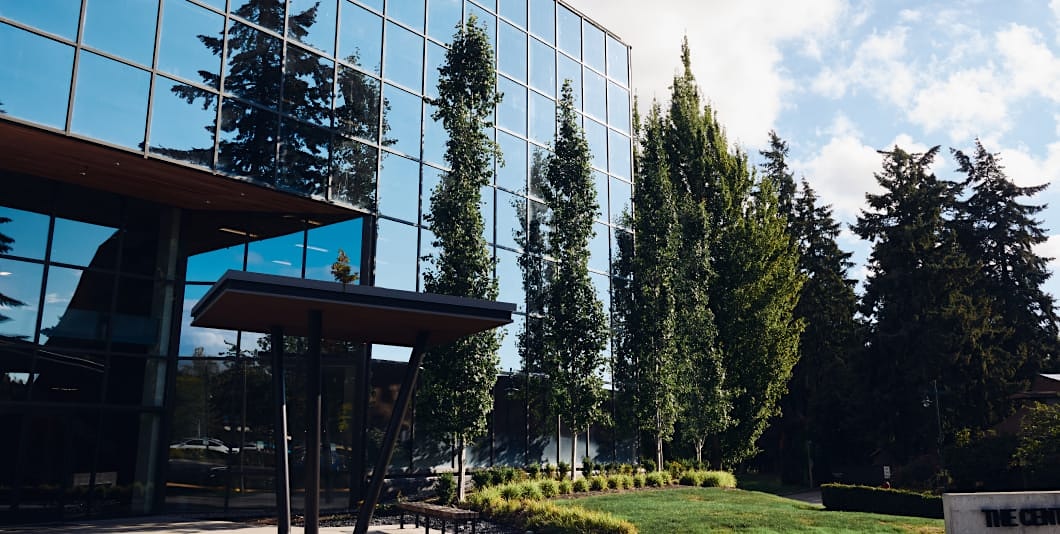Slip and fall accidents can occur anywhere, from a slippery grocery store aisle to an icy parking lot. But not every stumble leads to a strong legal claim. How do you know if your slip and fall accident is just an unfortunate incident or a potentially large legal case? Here are five clear signs that you might have a winning slip-and-fall case on your hands:
1. Clear Liability: The Property Owner Knew About the Hazard
The foundation of a strong slip and fall case is proving that the property owner or manager was aware of the dangerous condition and failed to rectify it. If the hazard was known or should have been known by the property owner, and they neglected to take appropriate action to fix it or warn visitors, you have a strong starting point for your case. This could include situations where the property owner ignored a leaky ceiling that created a puddle or knew about it but did not repair a broken stair.
2. The Hazard Was Not Obvious
To have a winning case, the hazard that caused your fall must not be blatantly obvious. If the danger was hidden or not easily noticeable, like a sudden dip in a walkway or a clear, slippery substance on the floor, it strengthens your claim. The law expects people to avoid obvious dangers, so if the hazard was something a reasonable person would not have noticed, your case becomes stronger.
3. You Suffered Significant Injuries
Minor scrapes or bruises might not cut it for a substantial legal claim. However, if you sustained serious injuries requiring medical attention, such as broken bones, head injuries, or long-term health issues as a result of the fall, your potential compensation increases significantly. Documented medical records linking your injuries directly to the accident can be a critical element in proving the severity of your claim.
4. The Incident Was Documented
If there are photos, videos, witness statements, or incident reports documenting the hazard and your fall, your case becomes more compelling. Evidence plays a crucial role in slip and fall cases, and having concrete documentation of the conditions that led to your injury can substantially bolster your claim.
5. Negligence Can Be Proven
Ultimately, winning a Tacoma slip-and-fall case often hinges on proving negligence. This means showing that the property owner had a duty to maintain a safe environment, breached that duty by allowing a hazardous condition to persist, and directly caused your accident and resulting injuries. If you can link their negligence to your fall and subsequent harm, you’re in a strong position to claim compensation.
In conclusion, while slip and fall incidents are common, not every fall results in a valid legal claim. However, if your situation aligns with these five signs, you may have a substantial case on your hands. Consulting with a knowledgeable personal injury attorney can give you a clear understanding of the strength of your case and the next steps to take.












